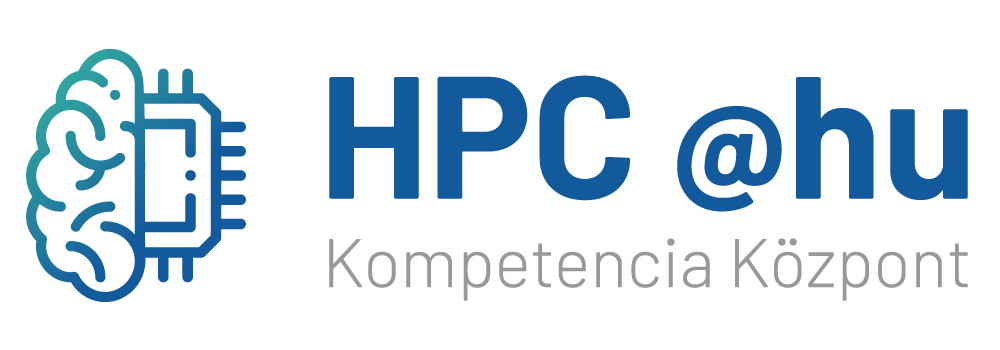Farewell to the 5th EHPCSW

Farewell to the 5th EHPCSW
The EuroHPC Summit Week 2021 (EHPCSW) took place for the fifth time from 22 to 26 March 2021; in addition to the International Supercomputing Conference (ISC) traditionally held during early summer, the EuroHPC Summit Week has also become a prominent event in the life of the European HPC community. Owing to the pandemic situation, the conference was a fully digital event and hosted more than 1100 participants from around the world. Various aspects of supercomputing were addressed by 165 speakers in 62 sessions during the one-week conference. The organisers were keen on creating opportunities for networking and interactive participation: questions could be asked from the speakers after the presentations, and participants could also discuss various topics in detail in dedicated virtual rooms.
The program was organised thematically with different topics in focus every day: high priorities were given to the EuroHPC, to questions relating to the industry and various fields of science, and to emerging technologies.
The EuroHPC infrastructure
The HPC community rightfully followed the EuroHPC Day with great attention because the fruits of two years of work finally ripened: the supercomputers purchased under the aegis of the EuroHPC Joint Undertaking became operational. Representatives of the HPC centres gave detailed reports of the process. Considering the performance of the machines, 5 supercomputers will be in the petaflops range and 3 supercomputers will be of the pre-exa scale.
In the petaflops scale, the following machines are expected to become operational soon:
-
Deucalion (Portugal), peak performance: 10 petaflops, expected completion: early 2022
-
Discoverer (Bulgaria), peak performance: 6 petaflops, June 2021
-
Karolina (Czech Republic), peak performance: 15.2 petaflops, expected completion: June 2021
-
Meluxina (Luxembourg), peak performance: 18 petaflops, expected completion: May 2021
-
Vega (Slovenia), peak performance: 6.8 petaflops, expected completion: 31 March 2021
The supercomputers below will serve research and innovation with pre-exascale performance:
-
Leonardo (Italy) peak performance: 249 petaflops, expected completion: December 2021 (Phase I), Q2 of 2022 (Phase II).
-
LUMI (Finland), performance: 550+ petaflops, expected completion: Q1 of 2021 (Phase I), Q1 of 2022 (Phase II)
-
MareNostrum 5 (Spain), performance and schedule unknown
The total capacity of the above system exceeds 850 petaflops. Both Leonardo and LUMI are expected to be in the upper 10% of the TOP500 list.
Access to the EuroHPC systems
Upon hearing such news, the same question emerges in the minds of all HPC users: how to get access to these resources? These resources may be used by the academic community, the industrial sector, and public administration. Relying on the good practices of PRACE, the EuroHPC has developed an access methodology which will be in force until the end of 2021 when it will be reviewed to take account of practical experiences. In 2021, PRACE undertook to organise the calls; therefore PRACE will also manage EuroHPC calls in addition to its own PRACE calls.
It is important to underline that the so-called calls are actually resource tenders, and the most important criterion for ranking the applications is scientific excellence. The services are free of charge and require that the fundamental principles of open science are met when using the resources.
Six types of calls have been defined; some of them require both scientific and technical evaluation (extreme scale and regular access), some of them require technical evaluation only (benchmark and development access), but fast-track leads to individual evaluation, whether it is an academic or a market-based use. While the first benchmark and development access calls are expected in April 2021, the extreme scale and regular access calls will be announced in June.
Resources will be allocated to authorised users in line with the funding schemes, that is, 35% of the performance of the petascale machines will be managed by the EuroHPC, and the host country will manage 65% thereof. In the case of pre-exascale systems, the division between EuroHPC and the affected consortium will be 50% to 50%.

